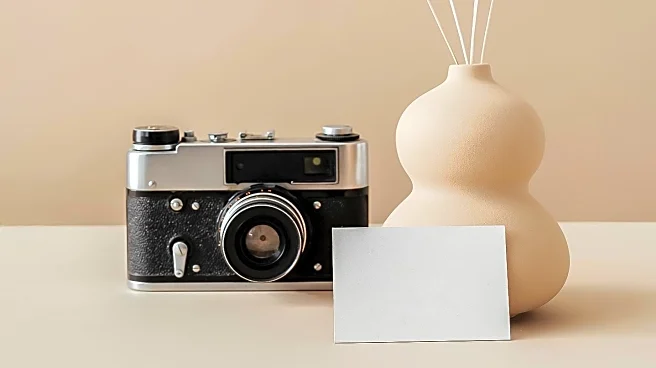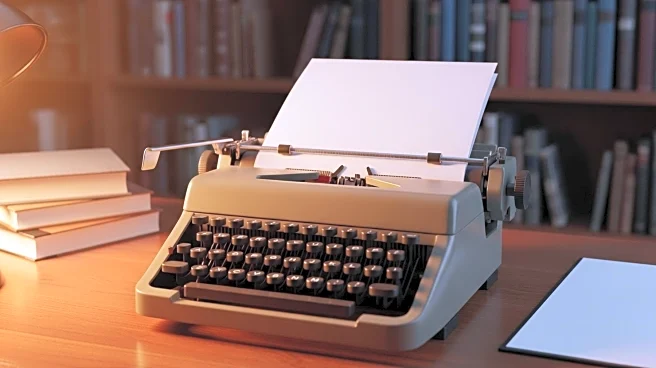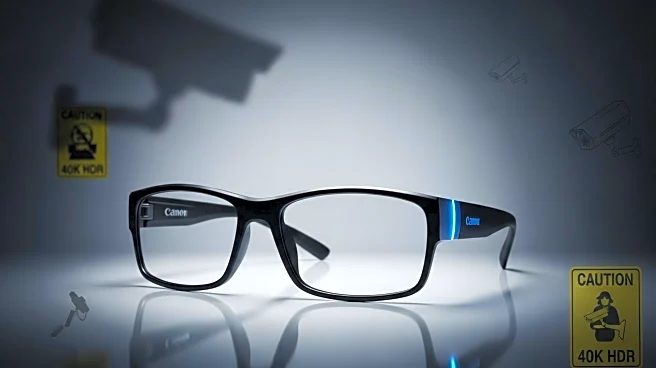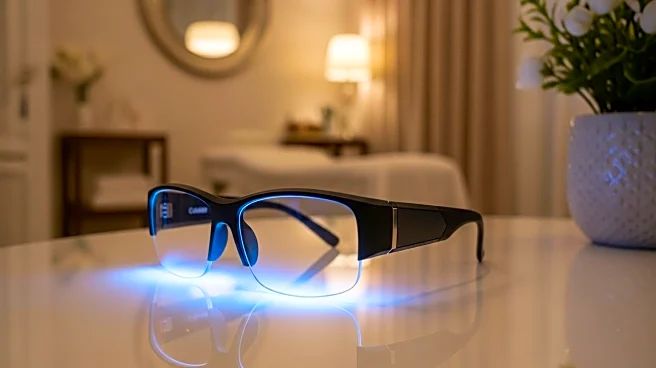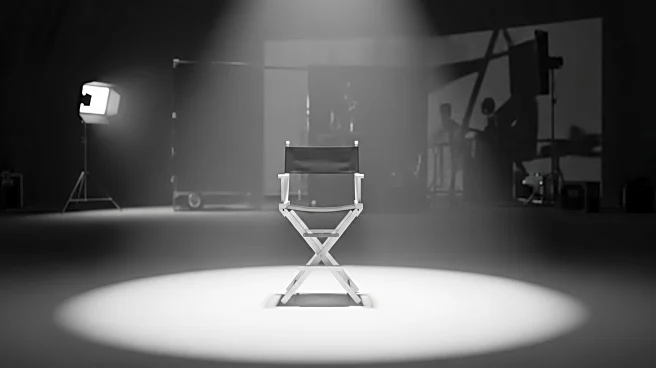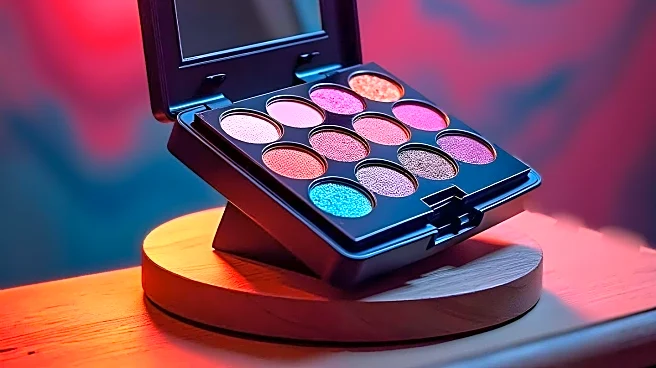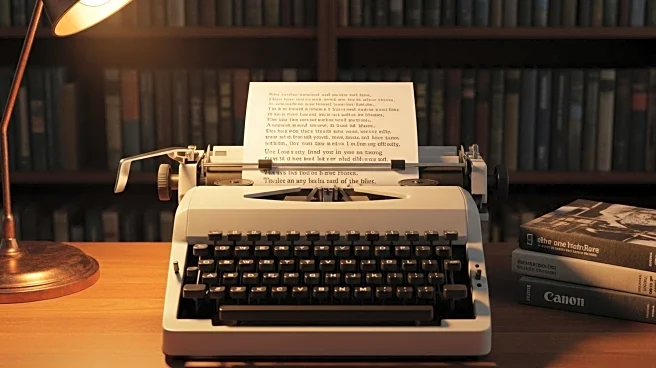What's Happening?
The Museum of Modern Art is currently displaying a unique exhibition featuring contact sheets, which are positive prints made from photographic negatives. These sheets were historically used by photo editors to select images for publication. The exhibition includes a floor-to-ceiling version of a contact sheet depicting artists from a Manhattan street during the 1950s and 60s. This display highlights the cultural significance of contact sheets, which have gained popularity as art pieces in gallery shows and coffee table books. The resurgence of interest in analog photography is part of a broader trend, particularly among Gen-Z, who are embracing single-use cameras and the tangible nature of film photography.
Why It's Important?
The exhibition at the Museum of Modern Art underscores a growing appreciation for analog photography in a digital age. This trend reflects a cultural shift where younger generations are rediscovering the artistic and historical value of film photography. The contact sheets serve as a window into the past, offering insights into the decision-making processes of photojournalists and editors. This renewed interest in analog methods could influence contemporary photography practices and inspire new artistic expressions. Additionally, it highlights the enduring impact of historical photography on modern culture and art.
What's Next?
As the interest in analog photography continues to grow, museums and galleries may increasingly feature exhibitions that explore historical photographic techniques and artifacts. This could lead to collaborations between institutions to preserve and showcase vintage photography collections. The trend might also encourage photographers to experiment with film and traditional methods, potentially leading to a resurgence in film photography as a popular medium. Educational programs and workshops focusing on analog photography could emerge, fostering a deeper understanding and appreciation of its artistic value.
Beyond the Headlines
The resurgence of analog photography raises questions about the role of technology in art and how digital advancements have transformed creative processes. It prompts a reflection on the tactile and tangible aspects of art that digital mediums often lack. This trend may also influence discussions on sustainability, as film photography involves physical materials and processes that differ from digital methods. The cultural embrace of analog techniques could lead to a reevaluation of the balance between digital convenience and the authenticity of traditional art forms.
